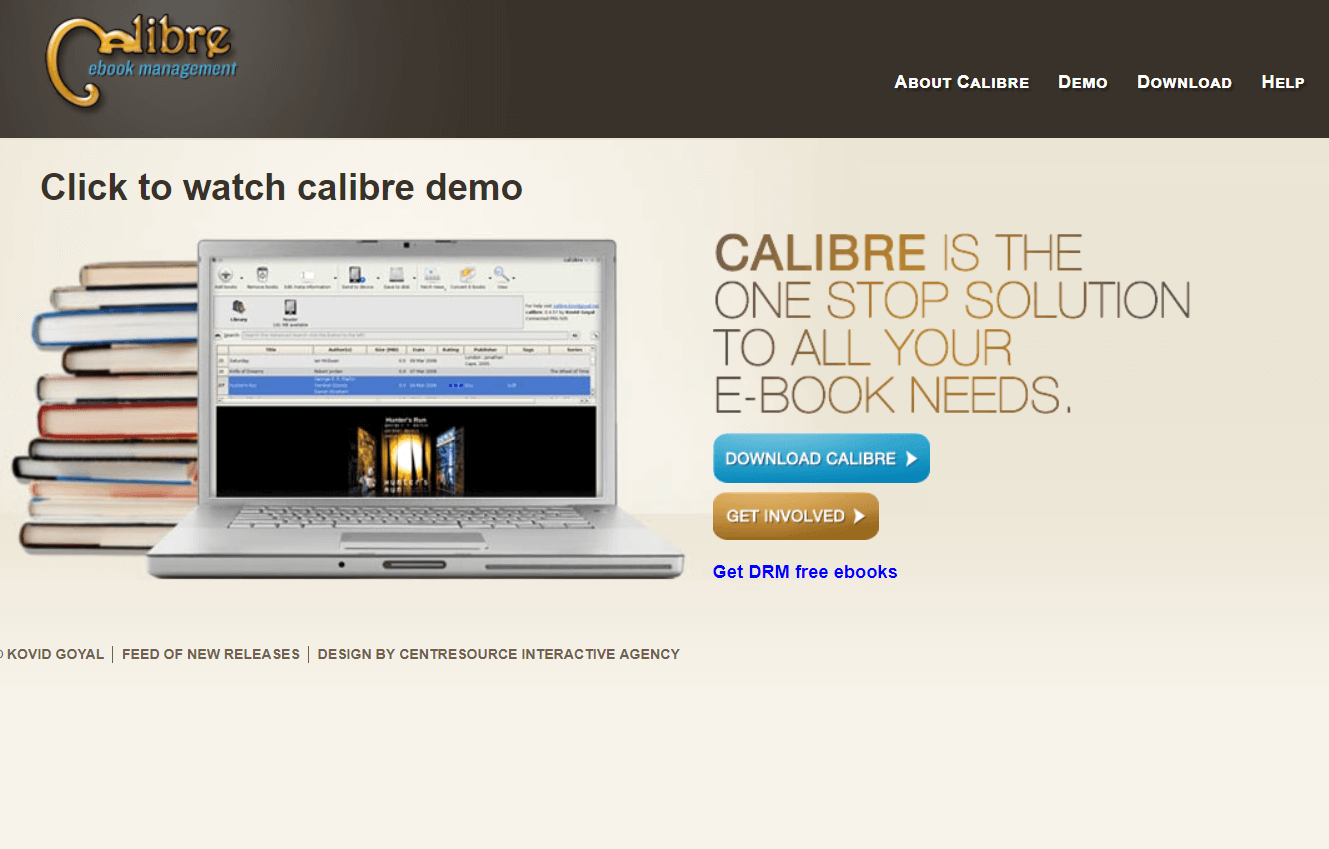

Tucked away amongst all Calibre’s other tools and options is the ability to run it as an e-book server.

If you make a copy of your Calibre Library on an SD card, Leger Calibre will provide a browsable interface for it.īut I prefer a network-based approach. I thought at first from the name that the developer was Spanish or French, but it’s taken from the Latin for ‘to read’. One solution is the free Android app Leger Calibre. Since Calibre as such is not yet available for tablets, tablet owners using file-management apps across a network may find it difficult and time-consuming to locate the e-books they want. Each author’s works are kept in their own directory, and titles are separated into subdirectories within these, making it difficult to browse and review the collection as a whole without using Calibre itself. The drawback with Calibre from a tablet user’s point of view is the way it stores its files. It will find and display your e-books, convert them from one format to another, download cover images and metadata from the Internet, produce a list of titles and authors, and much more. For those that aren’t, Calibre is a free open source multi-platform interface which stores, and provides access to, a collection of hundreds or thousands of e-books in over a dozen different formats. Many TeleReaders will be familiar with the Calibre e-book collection manager, that astonishingly powerful and ever-developing software tour de force from Kovid Goyal and his associates.


 0 kommentar(er)
0 kommentar(er)
